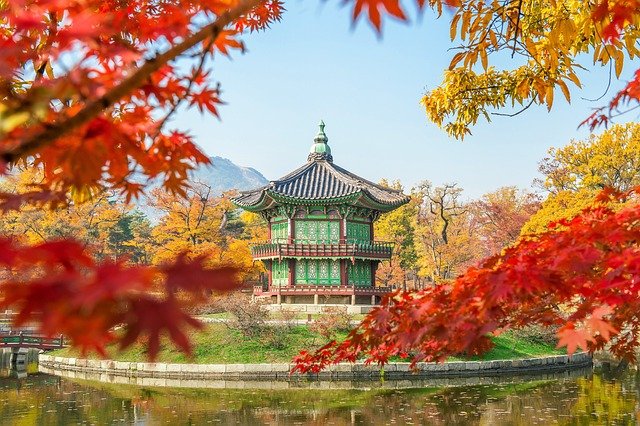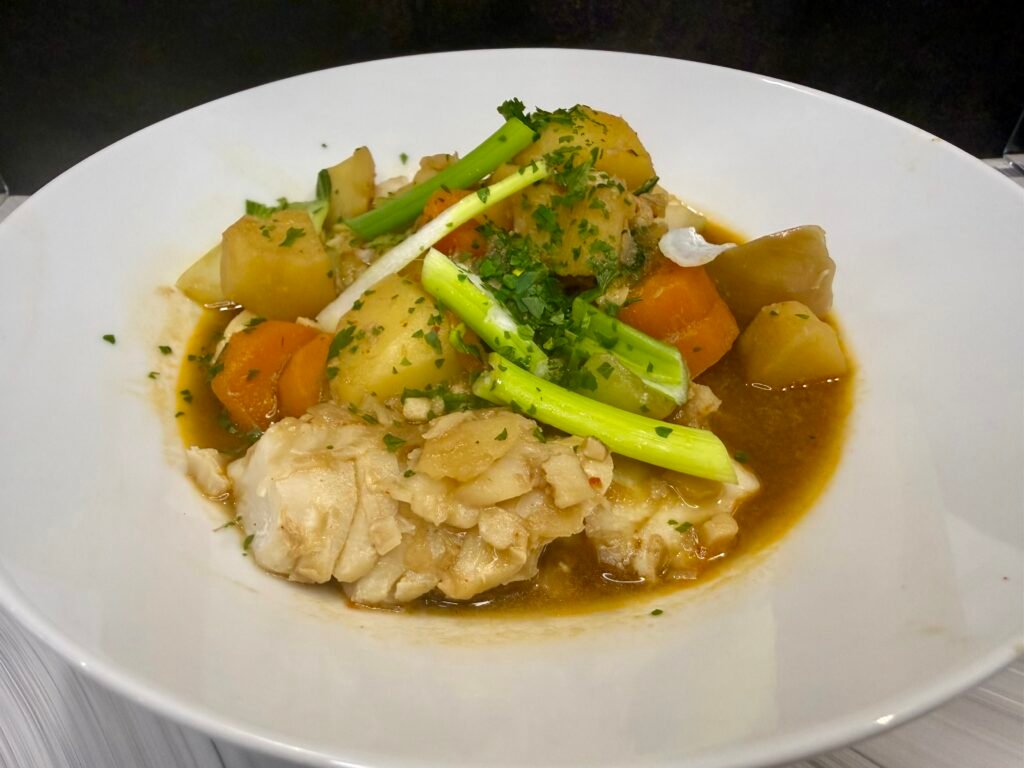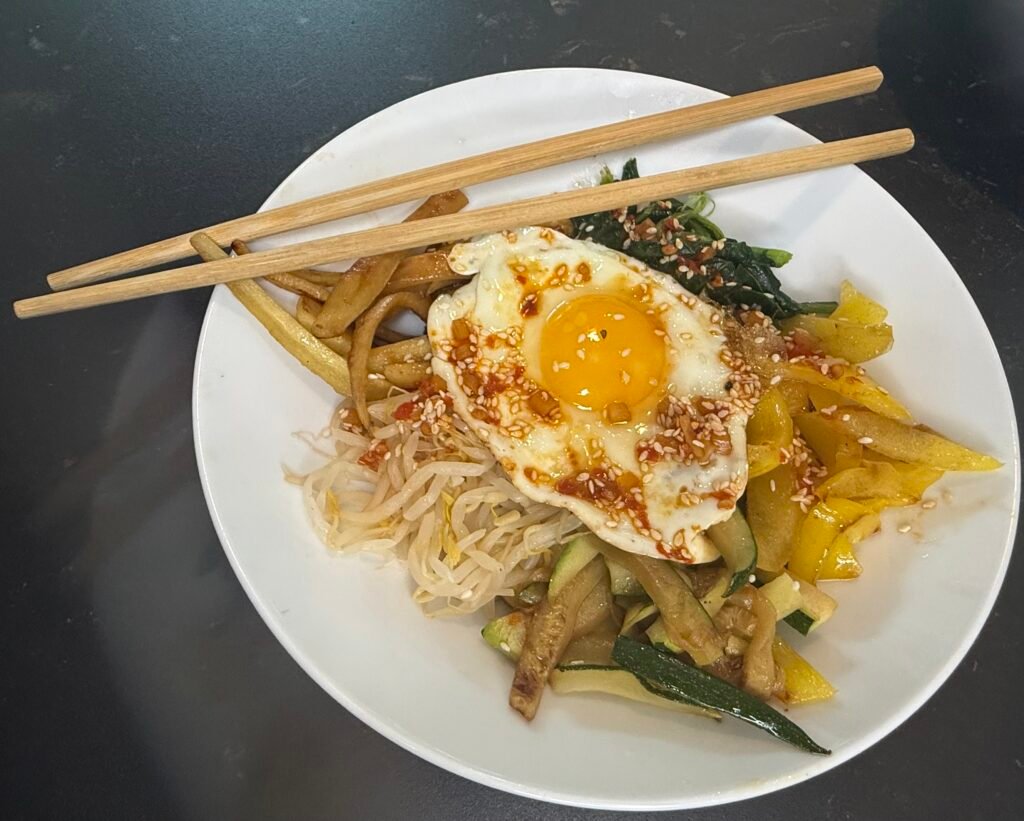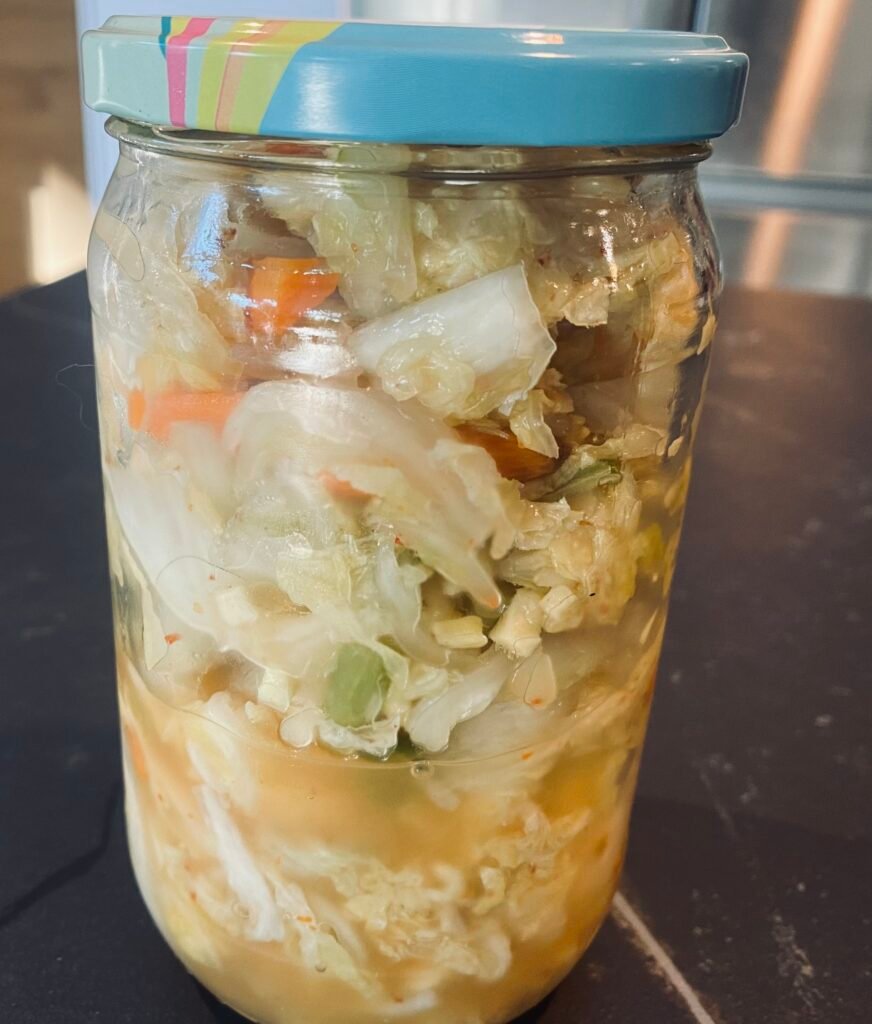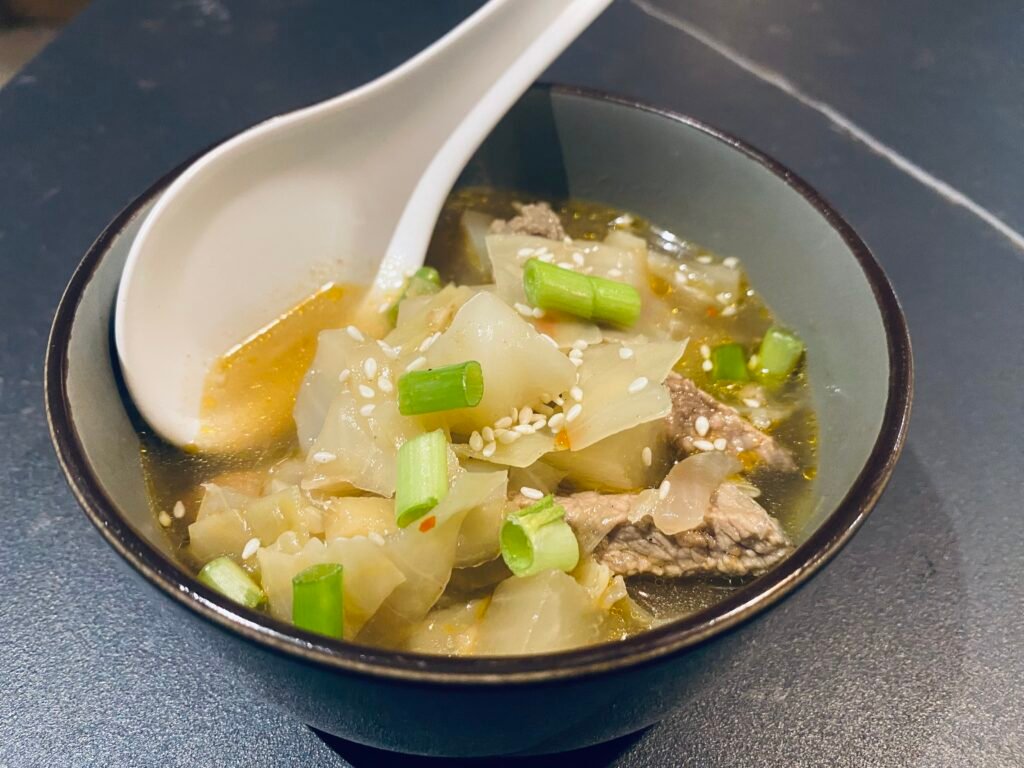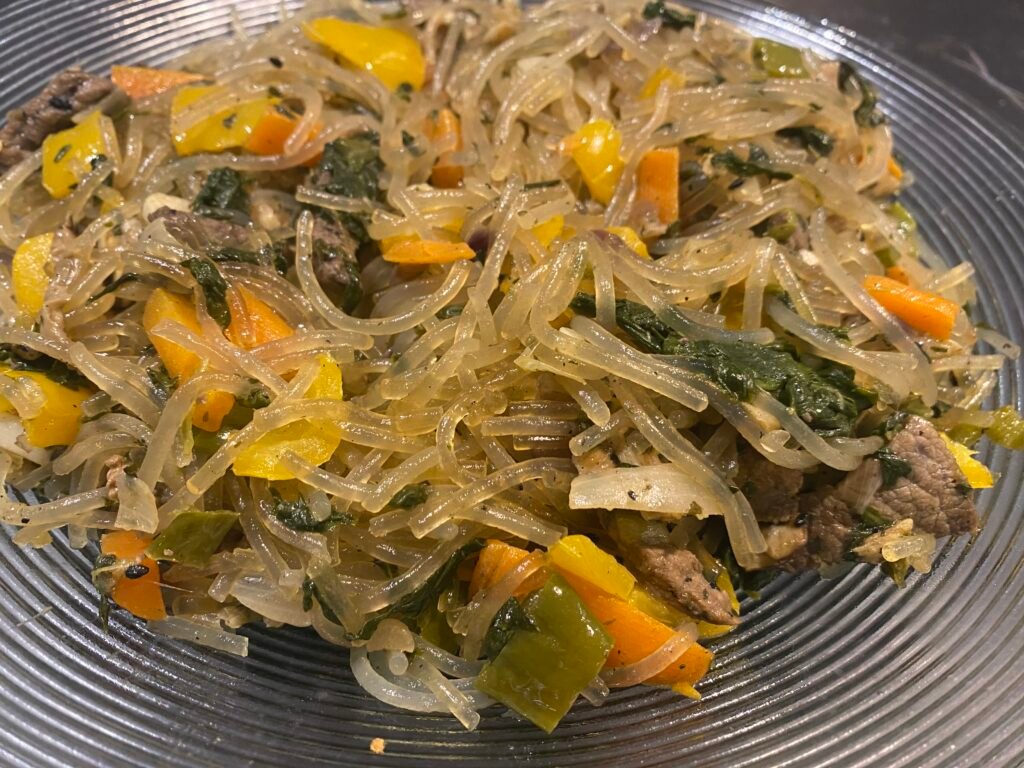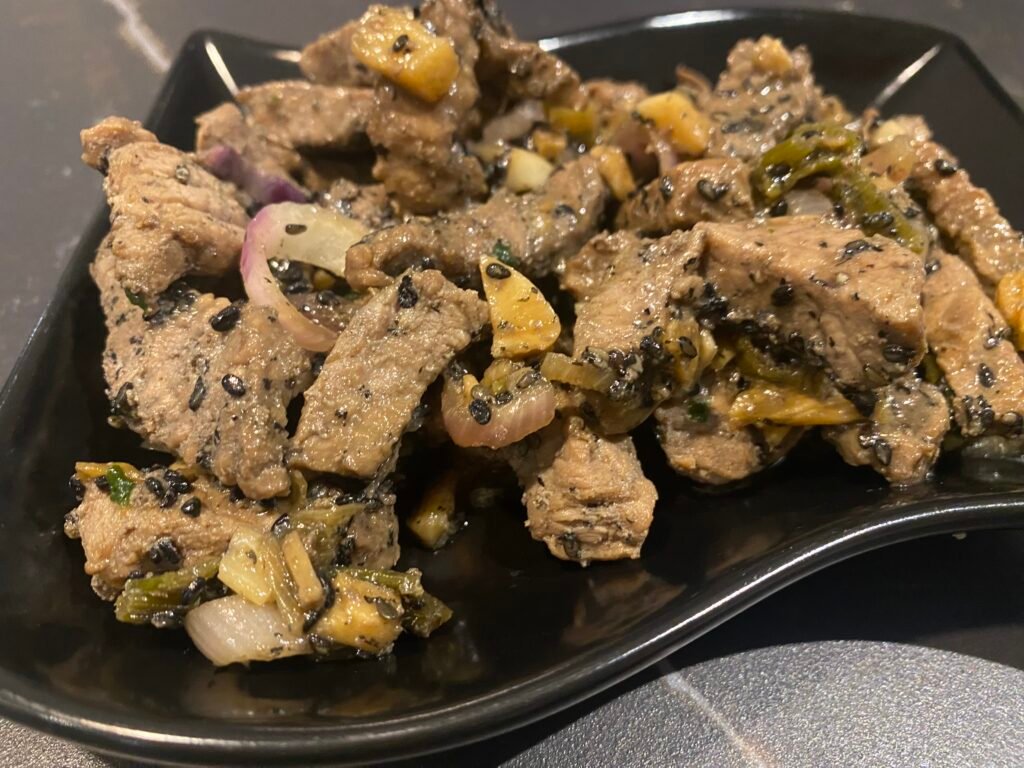Korea, a peninsula in East Asia, has a rich and complex history dating back more than 5,000 years. Ancient dynasties, such as those of Silla, Goryeo and Joseon, have left an indelible mark on modern Korean culture. In the 20th century, Korea was marked by Japanese occupation and the Korean War, which led to the division of the country into North Korea and South Korea. Today, South Korea is recognized for its modernity and cultural dynamism, with ancient traditions coexisting harmoniously with contemporary trends. K -culture (Korean culture), including K-pop , dramas , and martial arts , has captivated global attention.
Korea is a country where centuries-old history meets modern innovation, creating a unique and fascinating culture.
Traditional Gastronomy and Gluten Free Options
Korean cuisine is known for its rich flavors, fermentation techniques, and use of fresh, spicy ingredients. Traditional Korean dishes are varied, and many dishes can be adapted for a gluten-free diet, including those that use rice, vegetable, meat and fish bases.
Here are some naturally gluten-free Korean dishes:
- Bibimbap : A bowl of rice topped with sautéed vegetables, marinated meat, and often a fried egg, served with gochujang sauce (be sure to choose a gluten-free sauce).
- Galbi : Beef ribs marinated in a slightly sweet and savory sauce, then grilled, a naturally gluten-free dish with a suitable marinade.
- Kimchi : This well-known spicy fermented cabbage dish is naturally gluten-free, perfect for pairing with many dishes.
- Japchae : Sweet potato noodles stir-fried with vegetables and meat, a naturally gluten-free option thanks to the use of starch-based noodles.
These dishes show the diversity and flavors of Korean cuisine, while offering alternatives suitable for gluten-free diets.
The Must-See Things to Visit in Korea
Korea offers a wide variety of historical, cultural and natural sites to explore. Here are some must-see places to visit during your trip:
- Seoul : The dynamic capital, with sites like Gyeongbokgung Palace , Namsan Tower , and modern districts like Gangnam .
- Busan Jagalchi fish market and temples like Beomeosa .
- Gyeongju : Known as the “museum without walls,” Gyeongju is home to many historical sites, including the Silla Royal Tombs and the Cheomseongdae Observatory .
- Jeju Island : A volcanic island popular for its beaches, hiking trails, and famous Manjanggul Cave , one of the longest lava caves in the world.
These places offer a glimpse into the historical, cultural and natural richness of Korea, a country of contrasts and beauty. The historical heart and natural beauty of China, absolutely worth discovering.

